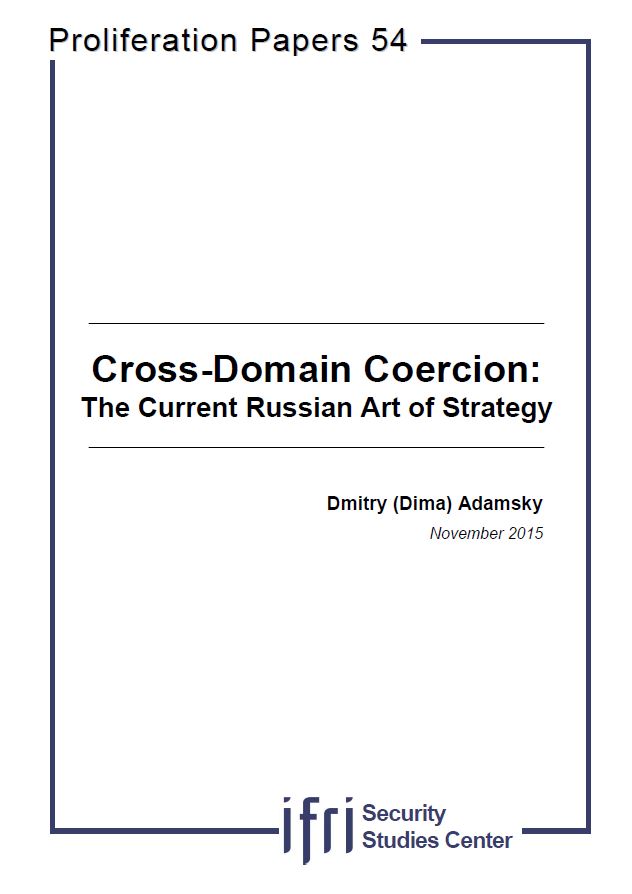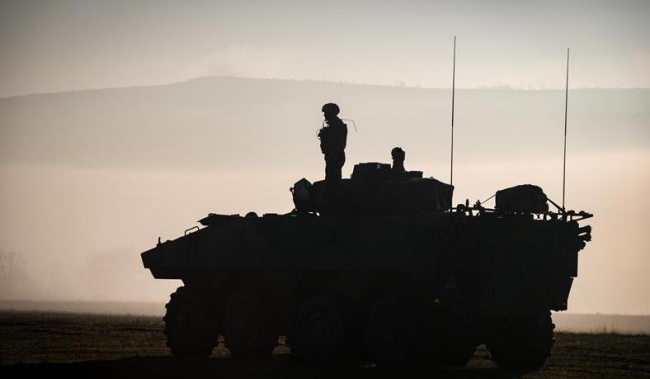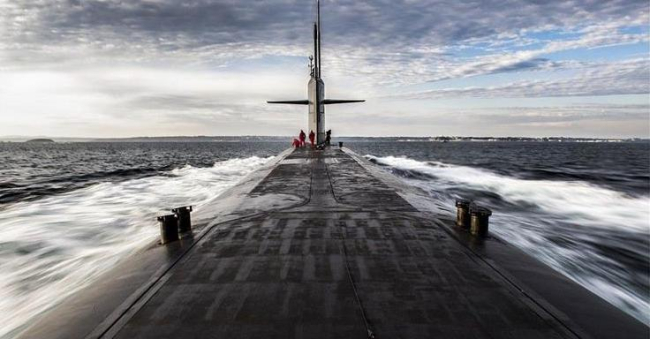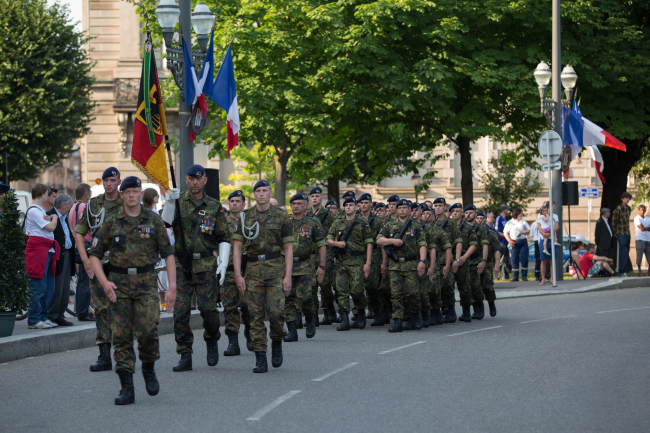Cross-Domain Coercion: The Current Russian Art of Strategy

This paper traces the evolution of Russian views on the art of coercion, and on the role of nuclear weapons in it, from the post-Cold War “regional nuclear deterrence” thinking to the current “Gerasimov Doctrine”.
Often labeled as “hybrid warfare”, this “New Generation War” is waged across several domains (nuclear, conventional, informational, etc.) as a response to a perceived Western threat directed against Russia. Cross-domain coercion operates under the aegis of the Russian nuclear arsenal and aims to manipulate the adversary’s perception, to maneuver its decision-making process, and to influence its strategic behavior while minimizing, compared to the industrial warfare era, the scale of kinetic force use. Current Russian operational art thus involves a nuclear dimension that can only be understood in the context of a holistic coercion campaign, an integrated whole in which non-nuclear, informational, and nuclear capabilities can be used in the pursuit of deterrence and compellence.

Available in:
Regions and themes
ISBN / ISSN
Share
Download the full analysis
This page contains only a summary of our work. If you would like to have access to all the information from our research on the subject, you can download the full version in PDF format.
Cross-Domain Coercion: The Current Russian Art of Strategy
Related centers and programs
Discover our other research centers and programsFind out more
Discover all our analysesThe Franco-German Brigade and the Revival of European Defense
One thing has been clear since Donald Trump's return to the White House: the very existence of the European unification project is threatened. Unless it develops a sovereign defense policy to counter the war in Ukraine and the weakening of American security guarantees, the European Union will continue to see its internal cohesion and external attractiveness wane.
Taking the Pulse: Can Europeans Build Their Independent Extended Nuclear Deterrent?
Confronted with a U.S. disengagement and the Russian threat, Europeans are reconsidering their stance on nuclear deterrence. Given the capabilities of the French and British arsenals, can Europe develop an independent nuclear deterrent?

RAMSES 2024. A World to Be Remade
For its 42nd edition, RAMSES 2024 identifies three major challenges for 2024.
A Transatlantic Defense Industrial Base? Two Contrasting Views
The evolving landscape of global defense cooperation has brought the transatlantic relationship between the United States (US) and Europe into sharp focus. As geopolitical tensions rise and the threat environment becomes more complex, the question of how Europe can best ensure its security while navigating its relationship with the United States has become paramount. This double feature report offers two contrasting views on the dynamics of US-Europe defense industrial relations, highlighting the challenges and opportunities that lie ahead for both parties.








